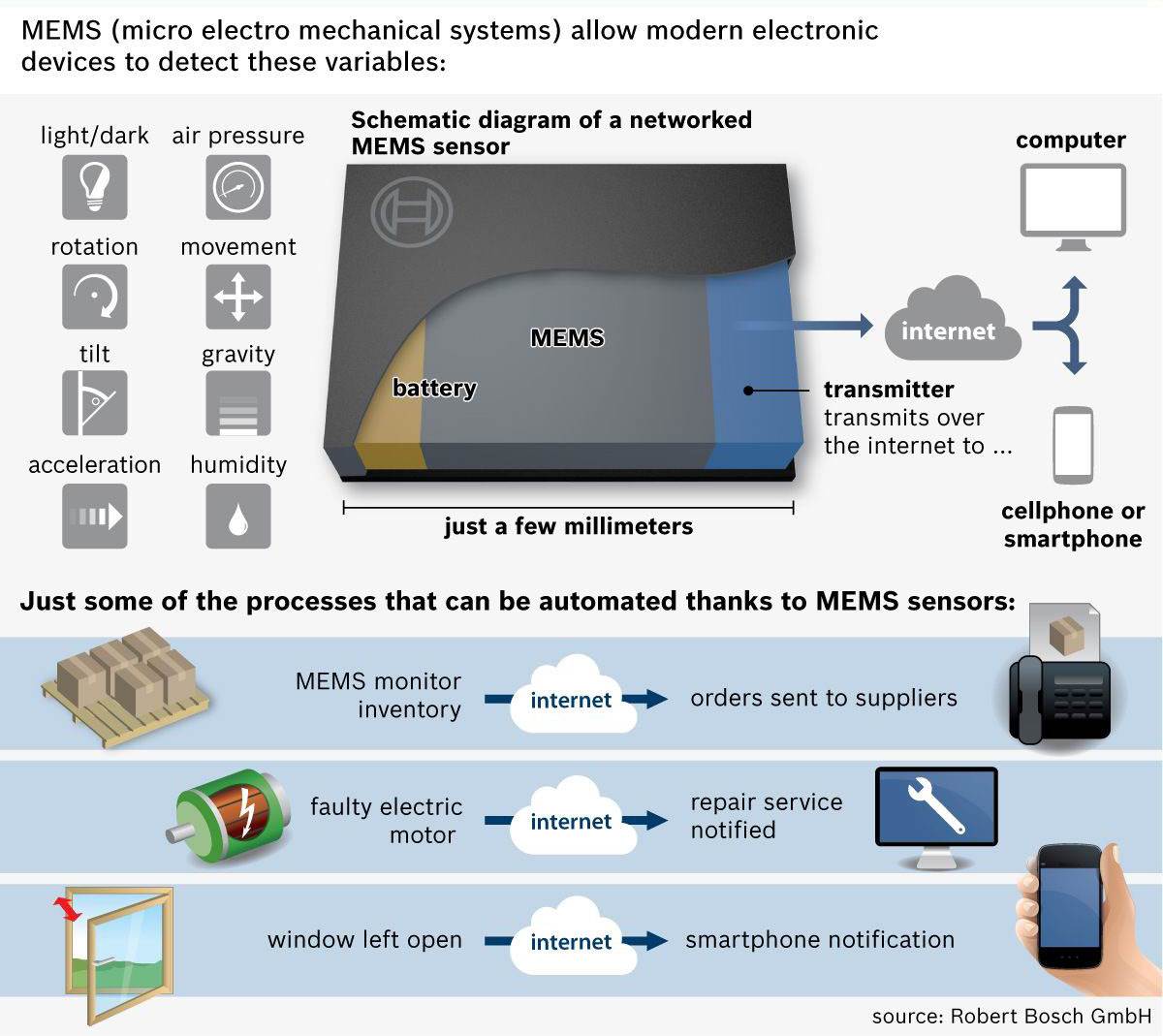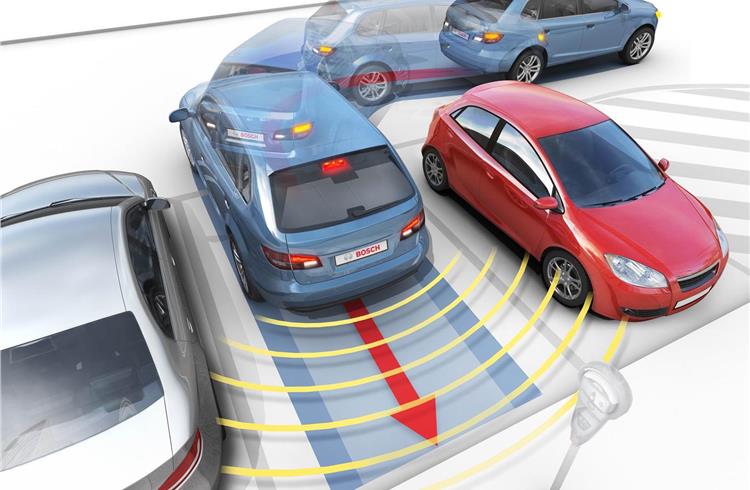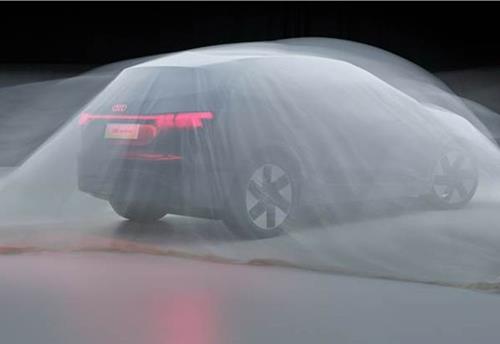Web-enabled sensors to help make parking easier, more convenient
Finding a parking place is a universal problem, in India and in developed markets.
Finding a parking place is a universal problem, be it in India or even in developed markets. Today, looking for a place to park is often a time-consuming and frustrating process. In the future, Bosch sensors – installed on the road’s surface and in passing cars – will automatically identify and report available spaces. With the help of a real-time online parking map, drivers will be able to find an available parking space conveniently and without any hassle.
Bosch has developed solutions to create real-time maps of available parking spaces with the help of wireless sensors installed on the pavement. These sensors recognise whether a parking space is occupied or not, and share this information via the internet. In the future, even cars passing by available parking spaces will be capable of reporting them.
Micro-electro-mechanical systems (MEMS) sensors are indispensable in cars and smartphones today. These tiny sensors are becoming ever smarter, more compact, and more energy efficient. With help from MEMS sensors, even more things can become connected; in fact, anything can connect with anything else on the internet of things – including things that have never before featured electronics, such as windows and doors. This means more comfort, safety, and energy efficiency.

The ultrasonic sensors installed in many modern cars to support their parking assistance functions identify gaps along the side of the road. Since many vehicles are now online, this information can also be transmitted over the internet and displayed on a real-time map. Transmitting this real-time information to users’ smartphones or directly to their cars’ navigation devices can help shorten drivers’ often taxing search for parking spaces.
“With these solutions, Bosch is demonstrating how sensors and internet connectivity can make many people’s everyday lives significantly easier, even when it comes to parking. Our solution offers drivers more convenience and saves them time,” says Dr Dirk Hoheisel, member of the Bosch board of management and in charge of automotive electronics. The solution will be unveiled at the Bosch ConnectedWorld conference in Berlin on February 17-18.
Search for parking spaces: nerve-wracking, expensive, and bad for the environment
In Germany, the average search for a parking space takes 10 minutes, according to a survey of drivers on behalf of Europe’s market leader in the field of parking management. The survey reveals that Germans drive 4.5km when looking for somewhere to park, resulting in vehicle costs of 1.35 euros/Rs 100 per search. In short, the faster people find a parking space, the less nerve-wracking, expensive, and environmentally damaging the experience.
Bosch says its solution could make a major contribution to changing things. The wireless sensors installed on the pavement are built into stable, semicircular plastic housing similar to the kind often used to mark lanes on roads. The wireless sensor is capable of recognising whether a car is parked over it. A tiny, energy-saving radio transmitter in the sensor reports this information to a receiver (similar to a home wifi router) that is capable of gathering data from hundreds of sensors.
“The status information is then transmitted over the internet to a database. A software program creates a parking map of the respective area practically in real time,” says Dr. Rolf Nicodemus, head of the Connected Parking project at Bosch. “Depending on the application, we could be talking about a level of a parking garage, a street, or an entire downtown area.”
Another advantage of the new development is that the sensors can remain in place for several years, doing away with the time and expense needed to change batteries or sensors. The power supply lasts for such a long time because the sensors require extremely little power for data transmission and feature an advanced energy management system, eliminating the need for elaborate and failure-prone cabling. “Connected parking shows how Bosch will actively shape the connected world. Sensors, software, and services – this is our ‘3S’ program for the connectivity business. We use sensors to record the environment and software to convert information into usable data. The resulting service offers users a concrete benefit,” Dirk Hoheisel says.
Drive-by parking space recognition
Another solution developed by Bosch allows cars to recognise parking spaces as they drive past them. “Many cars already feature parking assistance functions, which means they are also equipped with Bosch ultrasonic sensors,” Nicodemus says.
“As the vehicle drives past, these sensors identify spaces between the cars parked along the side of a road. Because more and more cars are also online, this information can be transmitted to a database at a high speed.” The more cars participate in this system, the more detailed and up-to-date the map.
RELATED ARTICLES
Netradyne expands UK operations via partnership with Intelex
The collaboration between Netradyne and Intelex marks a substantial leap forward in advancing road safety and fleet mana...
Audi Q6L e-tron, Q5 e-tron RS, SQ6 coming to Beijing motor show 2024
Long-wheelbase Audi Q6 e-tron, SQ6 based on PPE platform.
Sona Comstar opens new plant in Mexico to cater to growing EV demand in N America
The new facility, set up to meet the growing demand for high-quality driveline solutions for BEVs in North America, will...





 By Autocar Pro News Desk
By Autocar Pro News Desk
 16 Feb 2015
16 Feb 2015
 3472 Views
3472 Views









